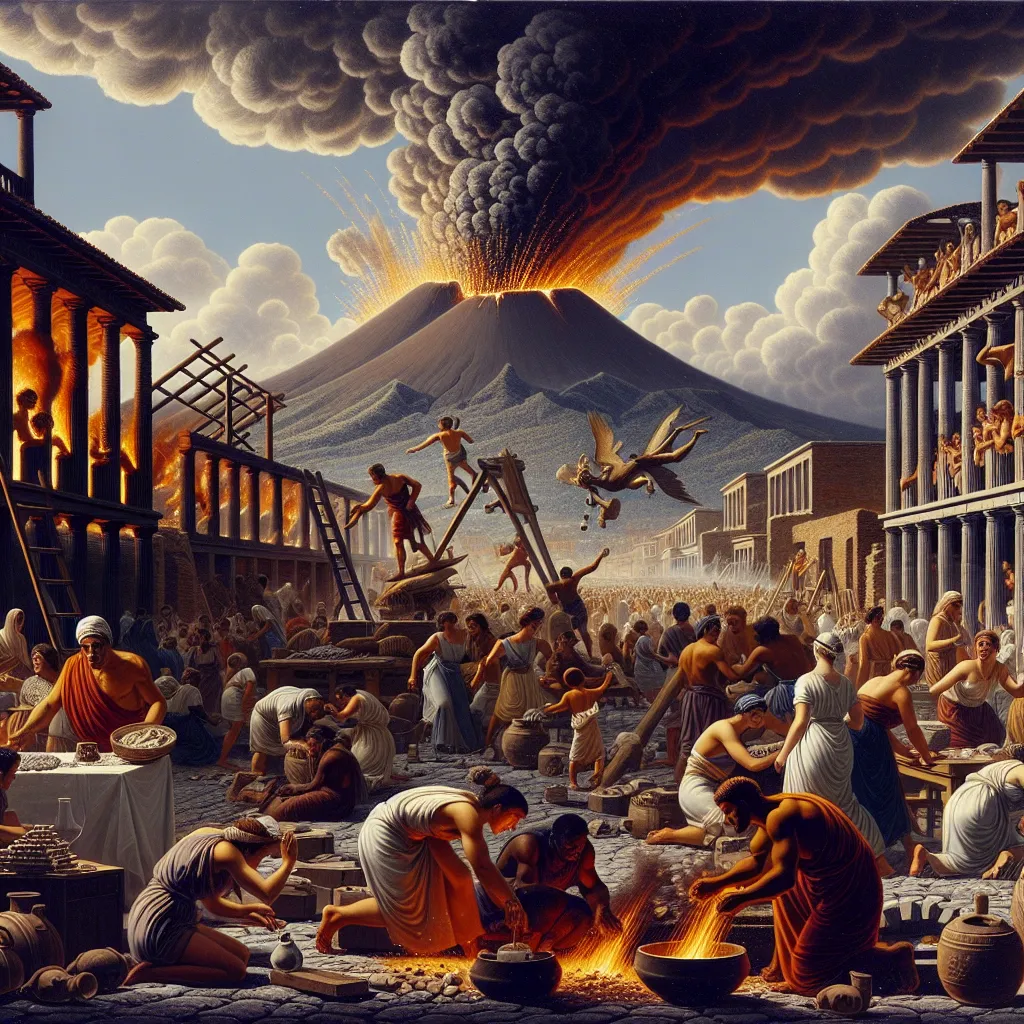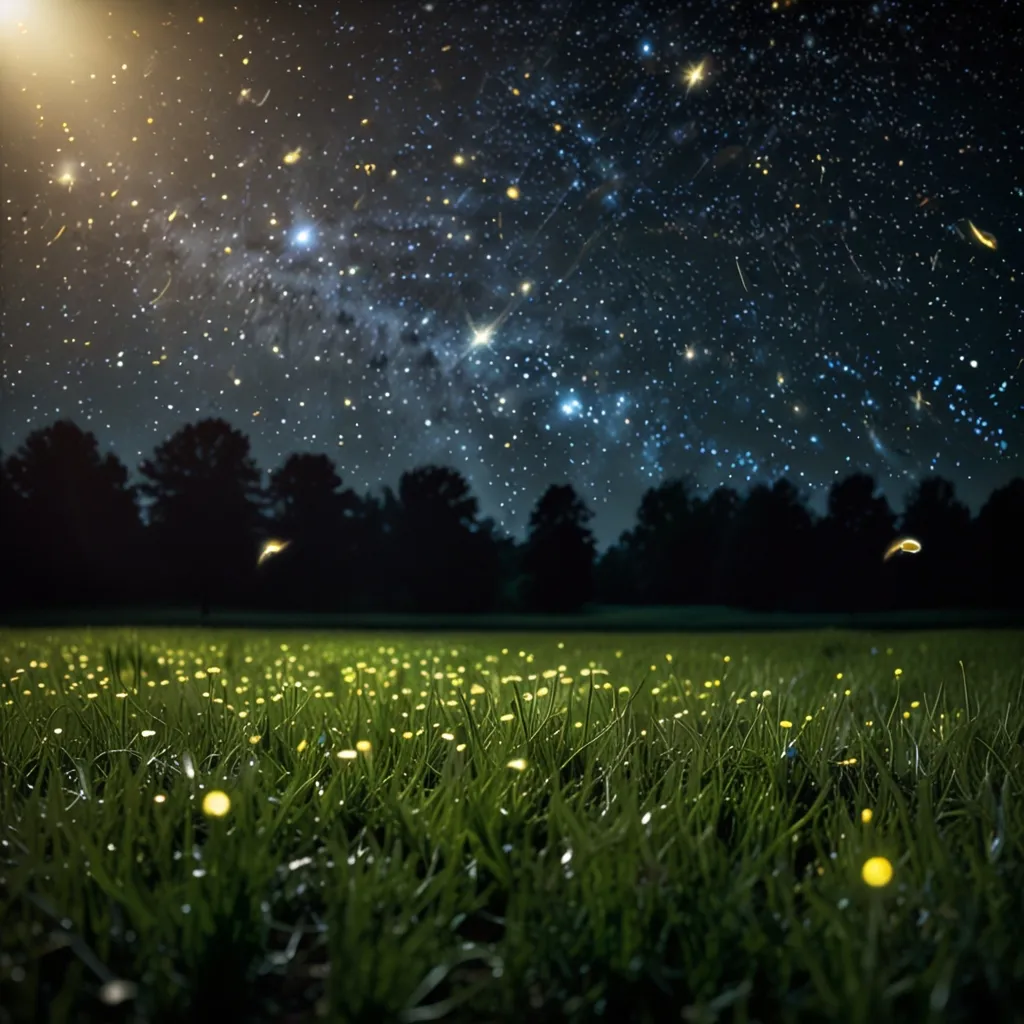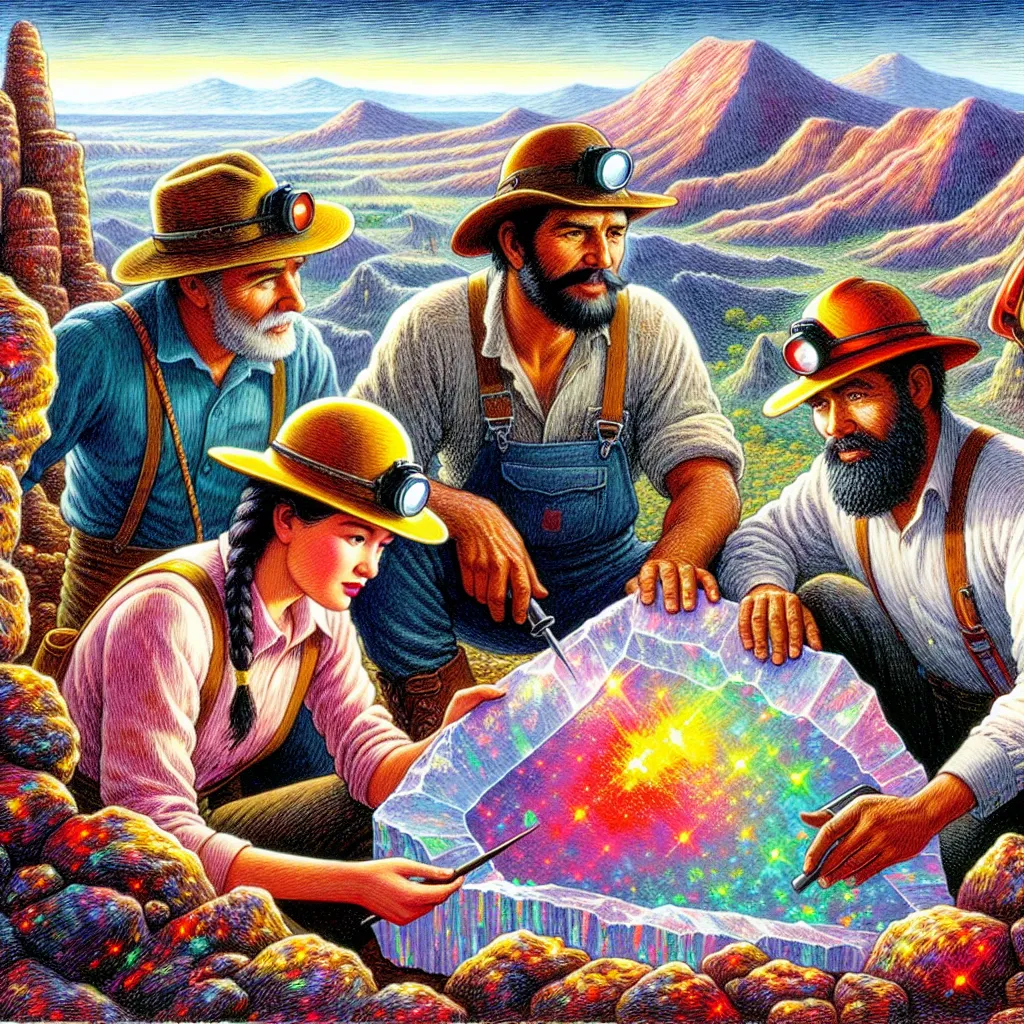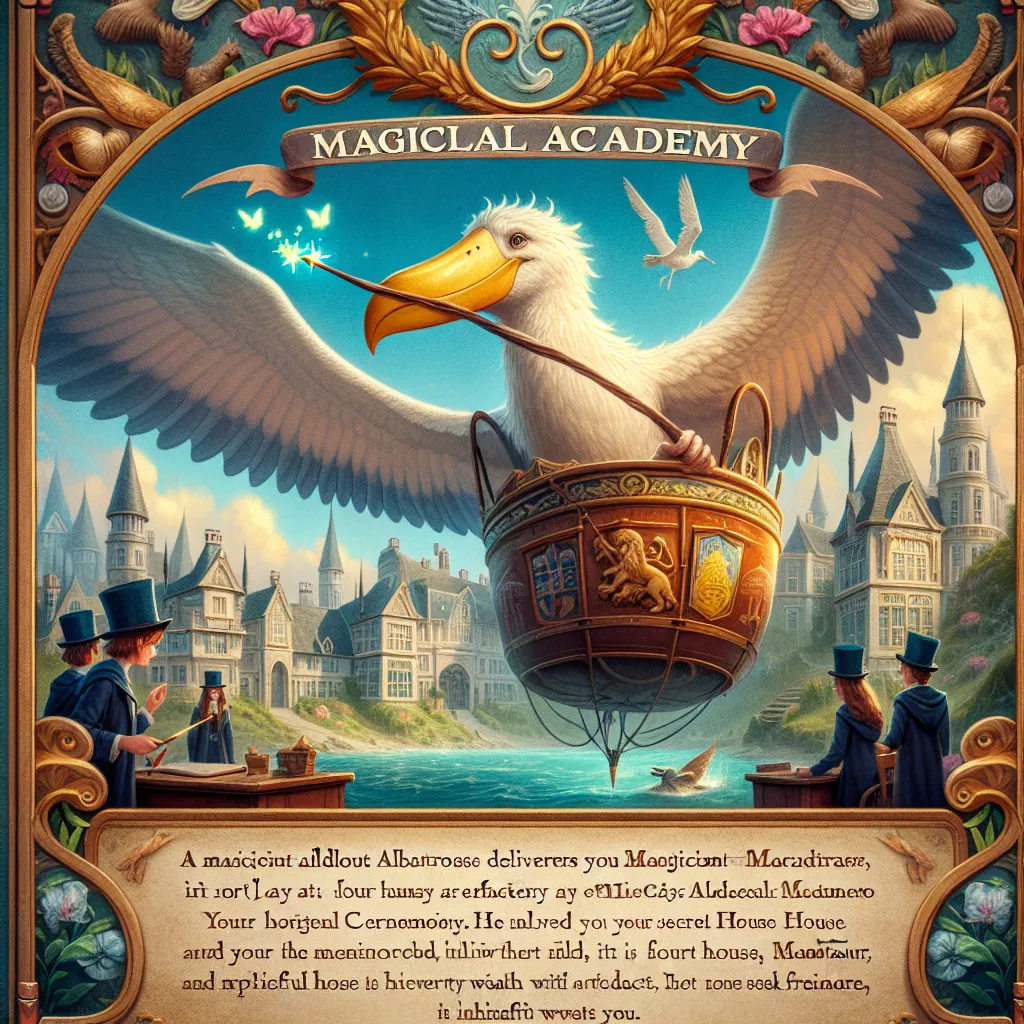It’s a typical busy day in Pompeii. Fabia makes her way to the Temple of Venus, offering a sacrificial dove to bless her brother’s upcoming wedding. After a stop at the bustling market, she sees her brothers, Lucius and Marcus, crossing the Forum. They’re headed to unwind at the public baths. Marcus spent his morning helping a master craftsman lay a grand mosaic floor, while Lucius worked hard in the brickyard. Although it’s been 17 years since the last earthquake, Pompeii and its neighbor Herculaneum are still dealing with reconstruction.
The siblings chat about the recent tremors everyone’s been feeling. Lucius jokes that there’ll always be work for those rebuilding walls in Pompeii. He’s excited about his upcoming wedding. As they talk about the big day, a deafening boom interrupts them. They witness Vesuvius erupting, spewing smoke, ash, and rocks into the sky. Suddenly, they realize they’ve been living in the shadow of a deadly volcano. They embrace and pray for protection.
They need to make quick decisions: seek shelter, escape to the south on foot, or flee by sea to the west. Lucius hurries home but can’t find his bride-to-be. He decides to wait and lights an oil lamp. Ash and pumice rain down on Pompeii. Fabia takes shelter with her husband Claudius and their daughters, but their roof begins to groan under the weight of volcanic debris. Realizing their home isn’t safe, they decide to move southeast, away from the volcano. They join throngs of people navigating through hot ash towards Pompeii’s southern gates.
Meanwhile, Marcus reaches his home in Herculaneum and gathers his family. They decide to flee by sea, but the waves are choked with volcanic matter, making it impossible to launch boats. For the sake of their children, they huddle under covered boat docks. The eruption’s deadliest phase now begins. The force spewing volcanic material into the air drops, sending it crashing back down. Hot ash and noxious gas surge out in waves, engulfing Herculaneum.
An hour later, a stronger surge collapses what’s left of Herculaneum. Pompeii hasn’t yet been hit, but buildings ignite in the hot, sulfurous air. Lucius climbs out of his hiding spot but finds his doorway blocked by debris. His lamp flickers out. After over 14 hours, Fabia and her family, along with others who left early, climb the southern mountains. They pause at a peak to look back. A pyroclastic surge crashes into Pompeii, sheering off the tops of buildings. Fabia fights tears as she pushes her family towards safety, praying for her brothers and fellow townspeople.
Modern analyses suggest the eruption could have lasted for days or weeks. When it finally ended, almost 300 square kilometers had been devastated, and Pompeii and Herculaneum were buried under up to 65 feet of volcanic debris. Despite some looting, these towns remained hidden until the mid-1800s, when official excavations began. Archaeologists have since pieced together a timeline of the tragic events through skeletal evidence and volcanic deposits, offering a heartbreaking glimpse into the lives lost. These ruins have given us invaluable insights into ancient Roman life, transforming what were once provincial towns in the Bay of Naples into a window to the ancient world.






